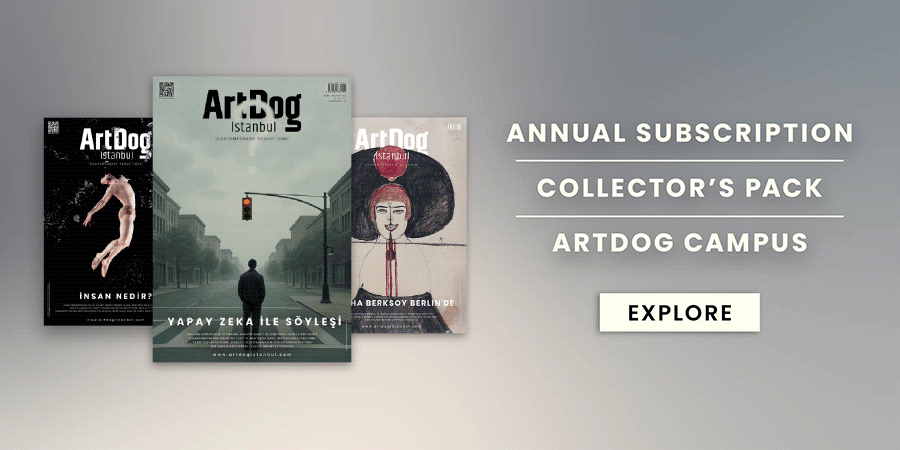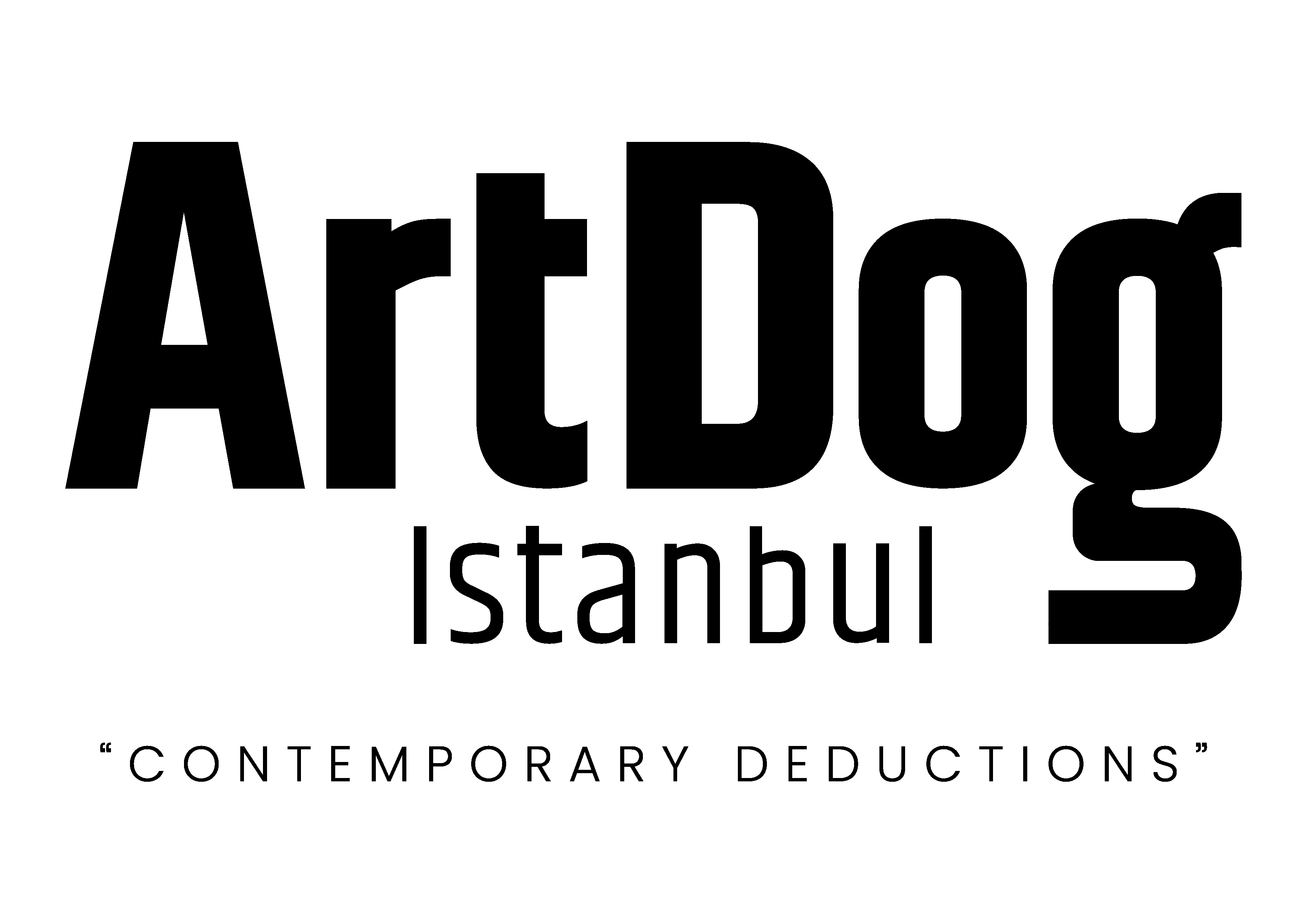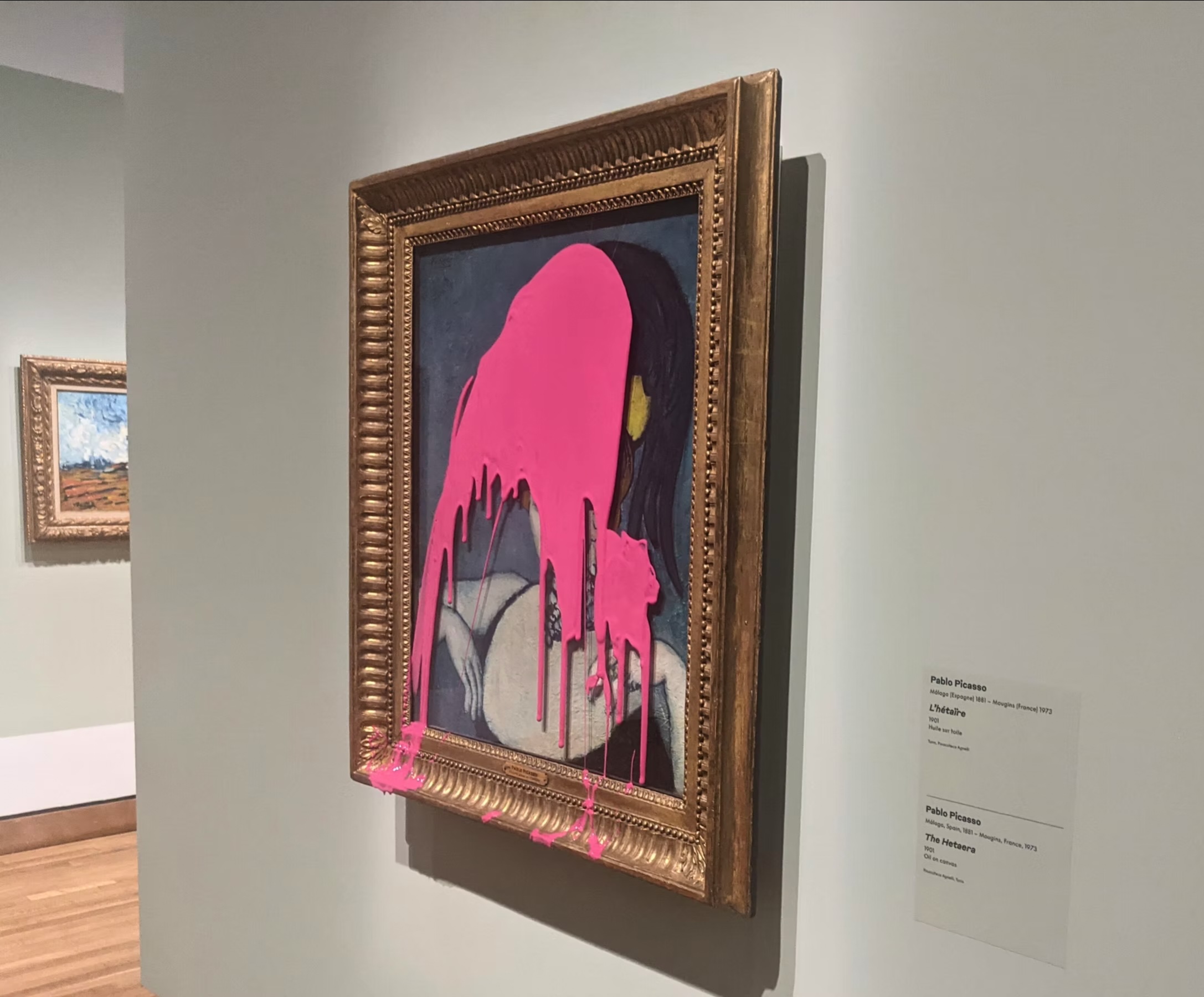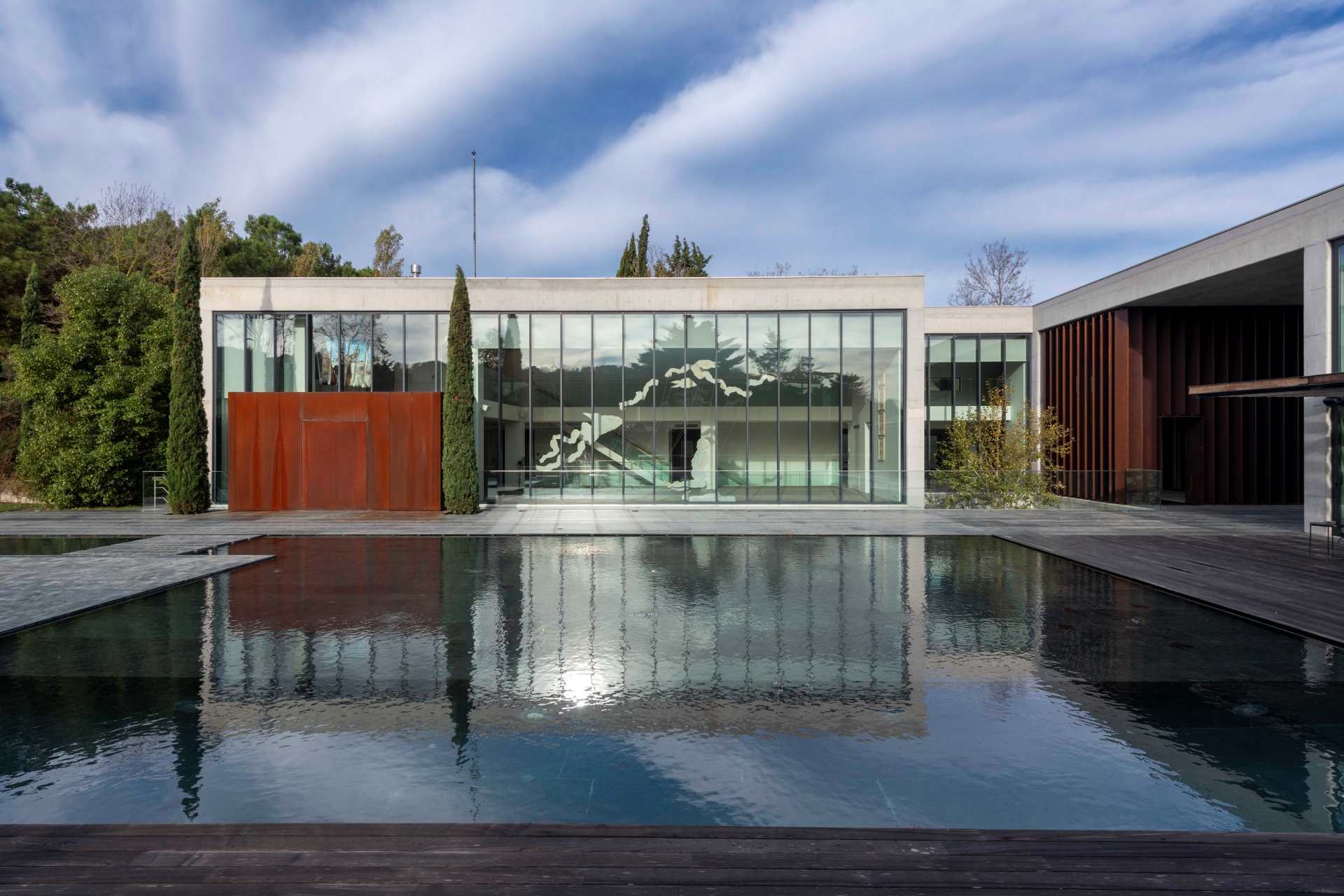A 1901 Pablo Picasso painting on view at the Montreal Museum of Fine Arts became the latest canvas in a growing wave of climate activism. A member of the environmental group Last Generation Canada splashed bright pink paint on the painting, titled L’Hetaira, in an attempt to draw urgent attention to the escalating climate crisis.
Footage shared on social media by the activist group shows the moment the paint was thrown, followed by security swiftly escorting the protester from the gallery. The individual, identified as 21-year-old Marcel, later issued a statement through the group: “Today, I am not attacking art, nor am I destroying it. I am protecting it. Art, at its core, is depictions of life. It is by the living, for the living. There is no art on a dead planet.”
Montreal police confirmed to The Independent that Marcel was arrested and later released, pending a court appearance. Two others, who filmed the act, were briefly detained and released without charges.
This action mirrors a broader movement across museums in Europe and North America, where cultural heritage sites and major artworks—by the likes of Van Gogh, Degas, and Klimt—have become high-visibility platforms for climate protest. The strategy, led by groups like Just Stop Oil in the UK and various Last Generation chapters, has provoked intense public debate, legal action, and in some cases, internal disbandment.
In August of last year, Last Generation Austria—behind the much-publicized protest involving Gustav Klimt’s Death and Life at Vienna’s Leopold Museum—dissolved, citing public hostility, mounting fines, and a growing sense of futility. “We no longer see any prospect of success,” the group announced, adding that remaining funds would go toward legal fees.
Thursday’s protest in Montreal comes amid record-breaking heat waves in Canadian provinces like Manitoba and Saskatchewan. With thousands already displaced by early-season wildfires, environmental groups are sounding alarms not just about ecosystems, but about human survival—and the cultural life tied to it.
“Were I in Winnipeg right now, would I still be able to make art?” read a follow-up statement by Last Generation Canada. “Would I have the time, the energy, the resources? Or would I be too caught up in a fight for my survival and well-being, because my government refuses to protect its own people?”
While the painting was protected by glass and appears undamaged, the conversation it ignited—about art, activism, and accountability—continues to polarize institutions and audiences alike.







